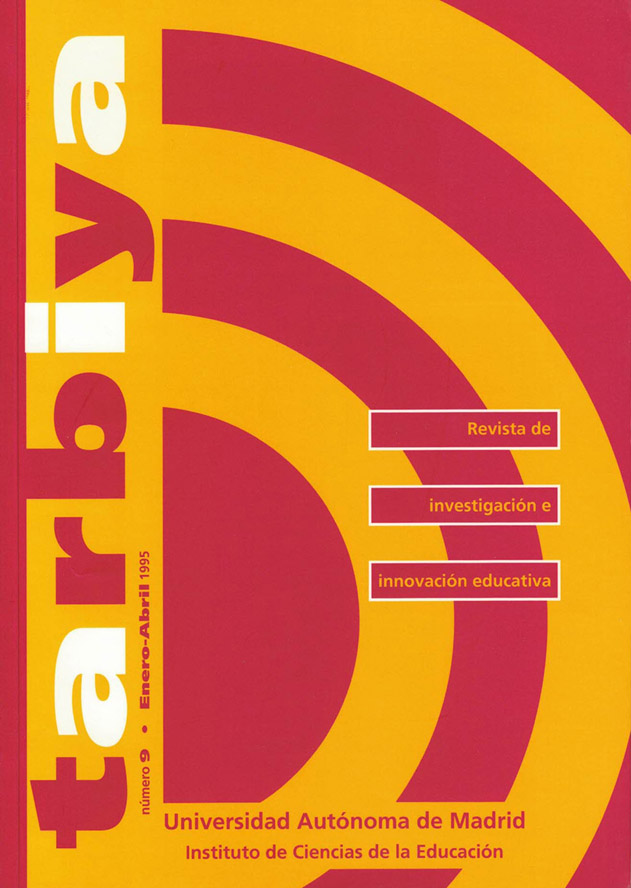Keywords:
Geography, Curriculum, InstructionalAbstract
From the beginning of the 70s, Geography has not been considered fundamental in the Secondary Education Curriculum for epistemological and institutional reasons. However, this subject is useful in order to provide a concept of space where many different factors are integrated, to understand Spain's unity and variety, to analise Europe and to become aware of the many changes the present world is undergoing. This project emphasizes why Geography is important from an instructional point of view: its deep cultural meaning, its ethic value towards space, its importance to understand the relation man-envirorunent and nature-society, its value as instruction and its ideal and changing purpose.
Downloads
References
ARROYO ILERA, F. (1988). El reto de Europa: España en la C.E.E .. Madrid: Editorial Síntesis, S.A.
BUNGE, W. (1975). La Ética y la Lógica en Geografía. En CHORLEY, R.J.: Nuevas tendencias en Geografía. Madrid: Instituto de Estudios de Administración Local.
DEBESSE-ARVISET, M.L. (1977). El entorno en la escuela: una revolución pedagógica. Didáctica de la Geografía. Barcelona: Editorial Fontanella S.A.
FLORISTAN SAMANES, A. (1988). España, país de contrastes geográficos naturales. Madrid: Editorial Síntesis S.A.
FONTANA, J. (1992). La Historia después del fin de la Historia. Reflexiones acerca de la situación actual de la ciencia histórica. Barcelona: Crítica.
GARCÍA RAMÓN, Mª.D., NOGUE I FONT, J. y ALBET I MAS, A. (1 992). La práctica de la Geografía en España. Barcelona: Oikos-Tau.
GOUDIE, A. (1992, 3ª). The Human Impact on the Natural Environment. Oxford: Blackwel Publishers.
LONG, M. and ROBERSON, M.A. (1972). Teaching Geography. London: Heinemann Educational Books.
ORTEGA CANTERO, N. (1987). Geografía y Cultura. Madrid: Alianza Editorial.
SEBASTIÁN, L. de (1992). Mundo rico, mundo pobre. Pobreza y solidaridad en el mundo de hoy. Santander: Editorial Sal Terrae.
UNESCO-PARÍS (1969, 2ª). Método para la enseñanza de la Geografía. Barcelona: Teide.

